This year, the whole province planted more than 31 thousand hectares of rice. Currently, the early season tea is in the stage of heading to flowering, the late season tea is in the stage of tillering to intensive tillering and some pests and diseases have appeared, capable of causing widespread damage.
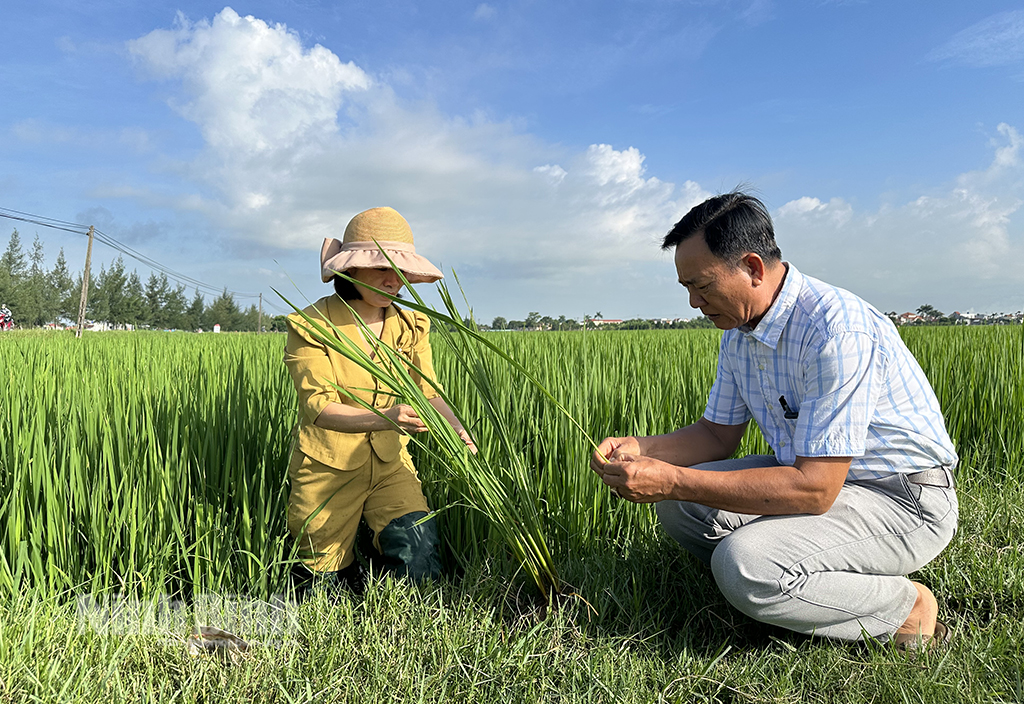
Officers of the provincial Department of Crop Production and Plant Protection coordinated with Lien Phuong Cooperative (Yen Nhan, Yen Mo) to check the pest situation in the fields.
At this time, Lien Phuong Cooperative (Yen Nhan Commune, Yen Mo District) is a "hot spot" of planthoppers, in addition, two-spotted stem borers and brown rice borers have also appeared sporadically. Therefore, farmers are focusing on spraying pesticides in the fields to protect rice.
Planting 2 hectares of rice, for the past two days, Mr. Tong Van Tung (Trung hamlet) has been continuously present in the field to urgently spray pesticides for his family's rice field. He shared: "This year's rice crop is very beautiful and uniform, but there are quite a lot of pests. Right after the cooperative announced the pest situation and the spraying schedule, I arranged my work and bought pesticides to spray on the first day the cooperative launched the campaign. This is an important stage in the growth of rice, so we cannot ignore it."
Mr. Tran Ngoc Tu, Director of Lien Phuong Cooperative, added that because the entire 235 hectares of rice of the Cooperative were kept intact and safe through the heavy rains at the end of July, the rice is now ready to ripen, about 10 days earlier than other localities, so pests and diseases also arise earlier. The Cooperative has notified people to simultaneously spray pesticides from August 26 to 28, focusing on the main targets of planthoppers and brown planthoppers, combined with spraying small leaf roller pesticides in fields with a density of over 20 insects/ m2 .
At the same time, the agricultural cooperative also assigned officers to be in charge of staying close to the fields, checking and guiding farmers to spray pesticides according to the "4 rights" principle: right pesticide, right time, right dosage-concentration and right method. Along with that, the agricultural cooperative also focused on killing rats, regulating water properly, ensuring enough water for the rice plants to form ears, bloom and serve the work of pest control.
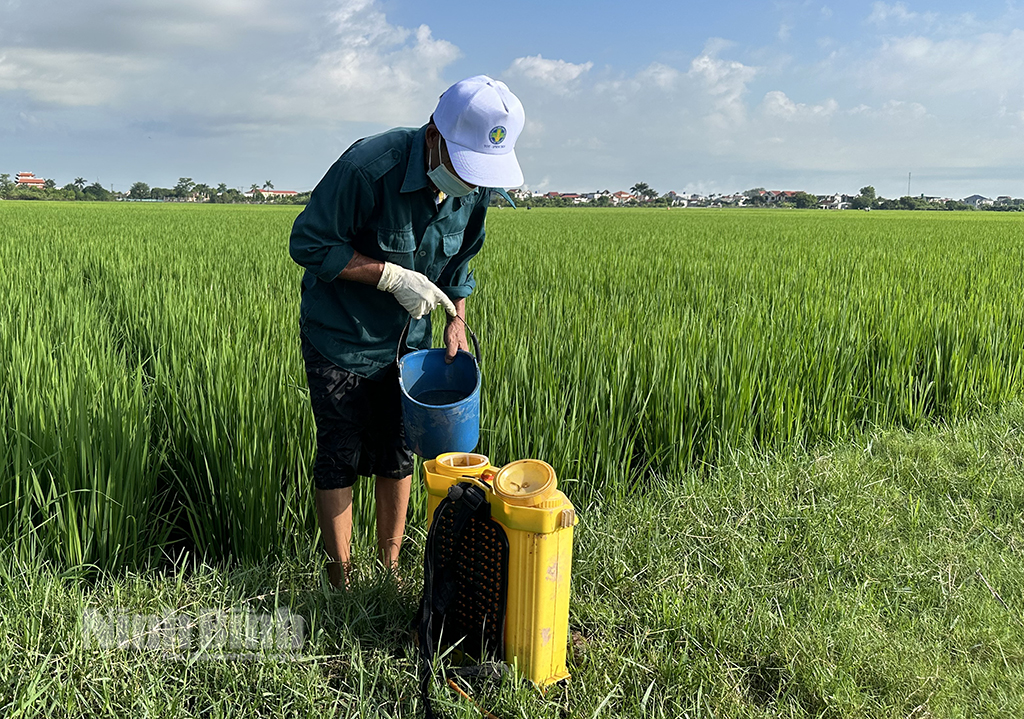
According to information from the provincial Department of Crop Production and Plant Protection, through investigation of the situation of harmful organisms in the fields, it shows that some objects are emerging and have the potential to cause widespread damage to rice fields. Specifically: The fifth generation of small leaf rollers causes scattered damage, with an average density of 6 individuals/m2, in high places 10-15 individuals/m2, in some cases over 50 individuals/m2, concentrated in Yen Mo, Yen Khanh, Hoa Lu districts, Ninh Binh city.
The fifth generation of brown planthoppers and white-backed planthoppers are also causing damage sporadically on rice fields, with a common density of 100-150 individuals/m2; in high places 300-500 individuals/m2; in some cases, there are nests of 700-1,000 individuals/m2, concentrated in Nho Quan, Yen Mo, and Yen Khanh districts. Currently, the sixth generation of planthopper eggs have appeared, with a density of 300-500 individuals/m2 in some cases; in some cases over 1,000 individuals/m2.
In addition, there is also the two-spotted rice stem borer: The fifth generation of two-spotted rice stem borer has begun to appear, with high density: 0.03-0.05 individuals/m2; in rare cases: 0.1-0.2 individuals/m2 in Yen Mo, Nho Quan, and Hoa Lu districts.
More noteworthy is the current black-striped dwarf disease, through the results of testing white-backed planthopper samples, rice samples in Kim Son, Yen Khanh, Yen Mo, Nho Quan districts, 90 samples were found positive for black-striped dwarf virus. In addition, bacterial stripe disease appeared and caused damage to early-season tea; mice damage, brown spot disease continued to increase on rice fields; weedy rice caused localized damage.
Ms. Nguyen Thi Nhung, Head of Technical Department, Department of Crop Production and Plant Protection of the province, warned: In the coming time, the 6th generation of small leaf roller moths will appear from August 22 to September 2. Larvae will hatch from August 28 to September 8, causing widespread damage to rice fields. In particular, the damage is severe on early-season and mid-season rice fields. If not detected and sprayed promptly, many areas will be severely damaged, causing white leaves, greatly affecting rice yield. The 5th generation of two-spotted stem borer moths will continue to appear until September 10, larvae hatch from August 25 to September 17, causing damage to rice fields, especially areas that have ripened after September 5. The scale and level of damage are higher than in the 2023 Summer-Autumn crop.
In addition, the density of brown planthoppers and white-backed planthoppers will also increase rapidly. If not sprayed in time, planthoppers will turn the rice red or cause nest fires on early-season rice in the green stage. In addition, the risk of spreading the harmful effects of black-striped dwarf disease is also very high.
To ensure the success of the 2024 Summer-Autumn crop, the provincial Department of Crop Production and Plant Protection recommends that localities and cooperatives organize reasonable water regulation and early potassium fertilization for rice crops at the panicle differentiation stage, creating conditions for healthy rice plants and increasing their resistance to harmful organisms, especially bacterial leaf blight and bacterial stripe disease. Along with that, strengthen field inspection, clearly identify rice crops and infected areas, closely monitor weather developments and developments of harmful organisms to take timely preventive measures when reaching the threshold.
Instructions for pest control on Summer-Autumn rice of the Provincial Department of Crop Production and Plant Protection * For 6th generation of small leaf rollers: spray on areas with a worm density of 20 worms/m2 or more for rice from the old panicle stage to flowering stage and 50 worms/m2 or more for rice at the tillering stage. Spray when the 1st-2nd instar larvae are in full bloom, spraying time is from August 30 to September 10 with specific pesticides such as: Incipio 200SC; Clever 150SC; Director 70EC, Virtako 40WG; Voliam Targo 063SC; Silsau 3.5EC; Dylan 2EC... Note, fields with a high worm density of over 200 worms/m2 must be sprayed twice, the second time 4-5 days after the first. * For brown planthoppers and white-backed planthoppers of the 6th generation: spray on fields with a density of 2,000 individuals/m2 or more for rice areas before flowering and 1,000 individuals/m2 or more for areas after flowering, spray when the 2nd generation planthoppers are in full bloom, spraying time is from August 25 to September 5 with one of the following specific pesticides: Penaltyl 40WP, Sutin 5EC; 50WP, Chess 50WG, Titan 600WG, Applaud-bas 27WP,... * For 2-spot rice stem borer: spray on fields with egg density of 0.3 nests/m2 or more when the first instar larvae hatch. Spraying time is from September 1 onwards for the northern districts of the province, and from September 5 onwards for the southern districts of the province. Spray according to the rice's flowering progress. Fields with egg density of 1 nest/m2 or more must be sprayed twice, the second time 5-7 days after the first time with one of the following specific pesticides: Prevathon 5SC; Voliam Targo 063SC, Virtako 40WG... * For black-striped dwarf disease: organize concentrated spraying to control planthoppers in areas with positive white-backed planthopper samples. Check, uproot, and bury diseased rice stalks and clumps in the field. The localities with samples positive for black-striped dwarf virus are: Chat Binh, Kim Tan, Dinh Hoa, Kim Chinh, Kim Dinh, Nhu Hoa, Van Hai, Kim My, Lai Thanh, Luu Phuong, Thuong Kiem communes (Kim Son district), Yen Nhan commune (Yen Mo district), Van Phong commune (Nho Quan district). In addition, combine the prevention of brown spot, grain sterility, leaf blight, bacterial streak, and neck blast on susceptible varieties, and continue to eradicate harmful rats. (Note: Depending on the specific situation in each locality, it is necessary to identify the main harmful organisms to determine the specific time, timing, and timely and effective prevention measures; it is possible to combine spraying to eliminate the above objects but must ensure sufficient concentration, dosage, and the amount of water mixed with the drug from 25-30 liters/sao). |
Article and photos: Nguyen Luu
Source: https://baoninhbinh.org.vn/tang-cuong-theo-doi-dong-ruong-phong-tru-sau-benh-cho-lua/d20240827103639514.htm







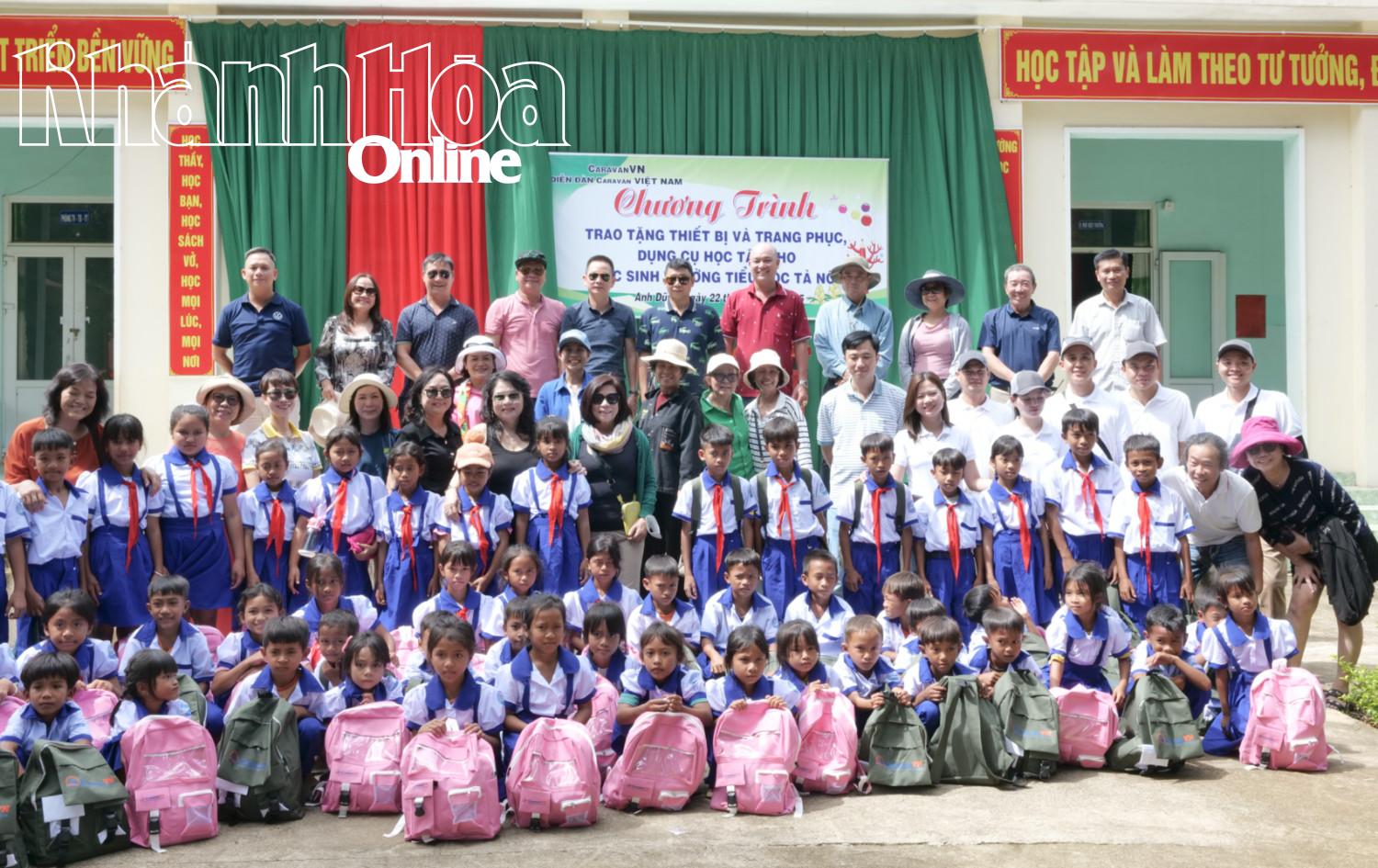
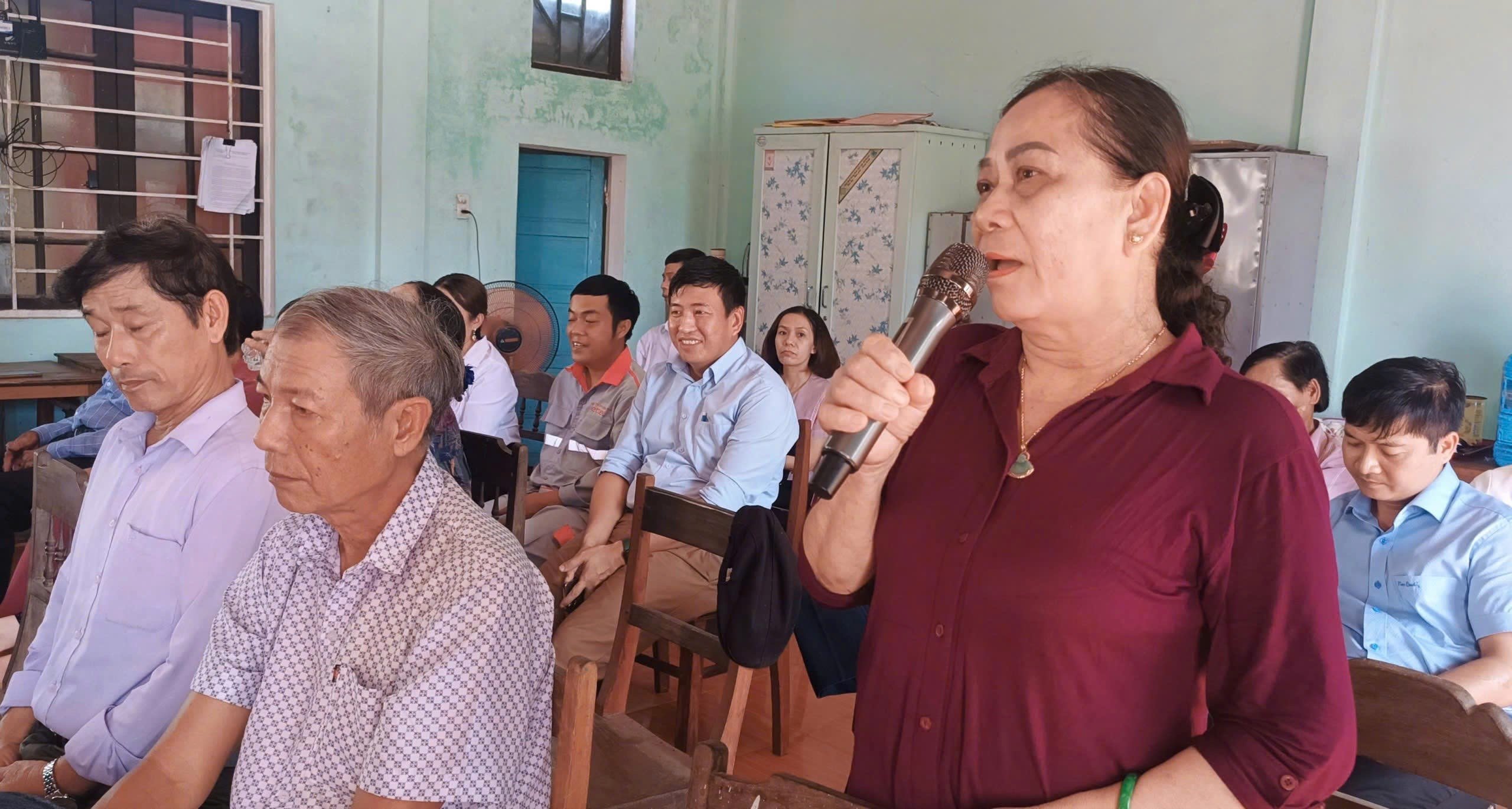
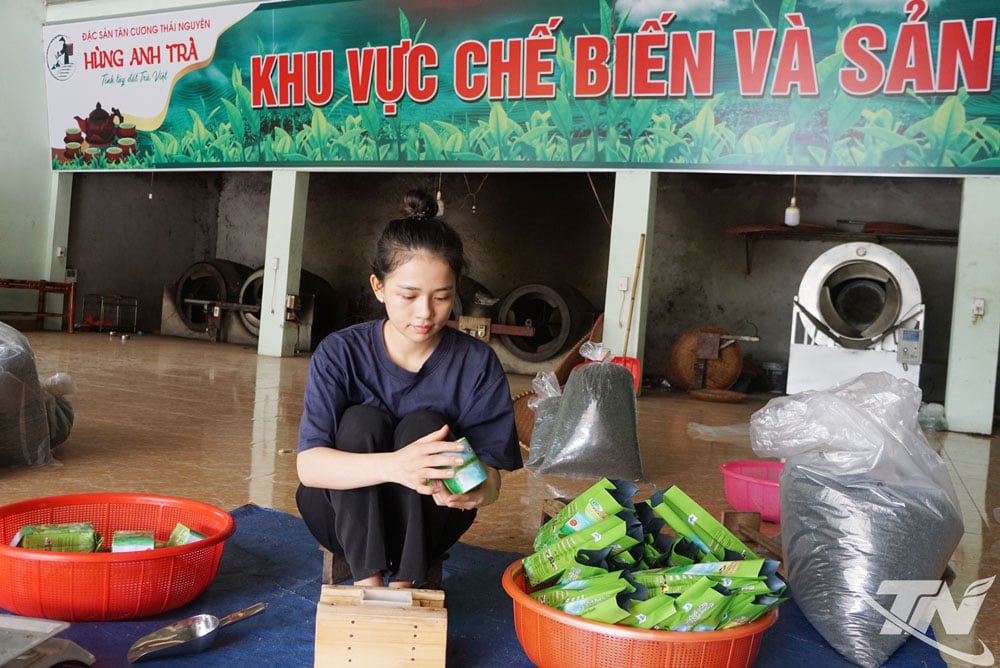

















![[Photo] Scientific workshop "Trade unions with the task of participating in state management and building a socialist rule of law state"](https://vstatic.vietnam.vn/vietnam/resource/IMAGE/2025/8/22/789f6384ec37466098a8bcb531deb281)






















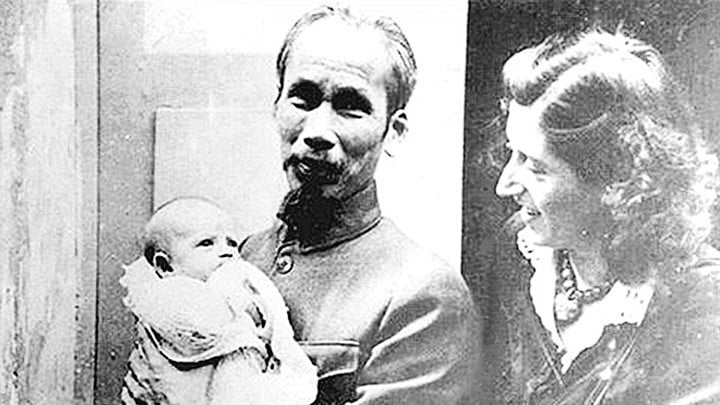
















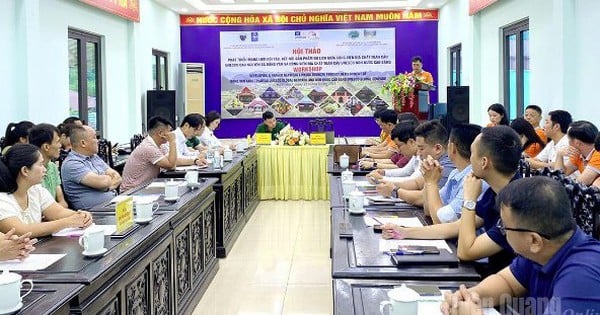



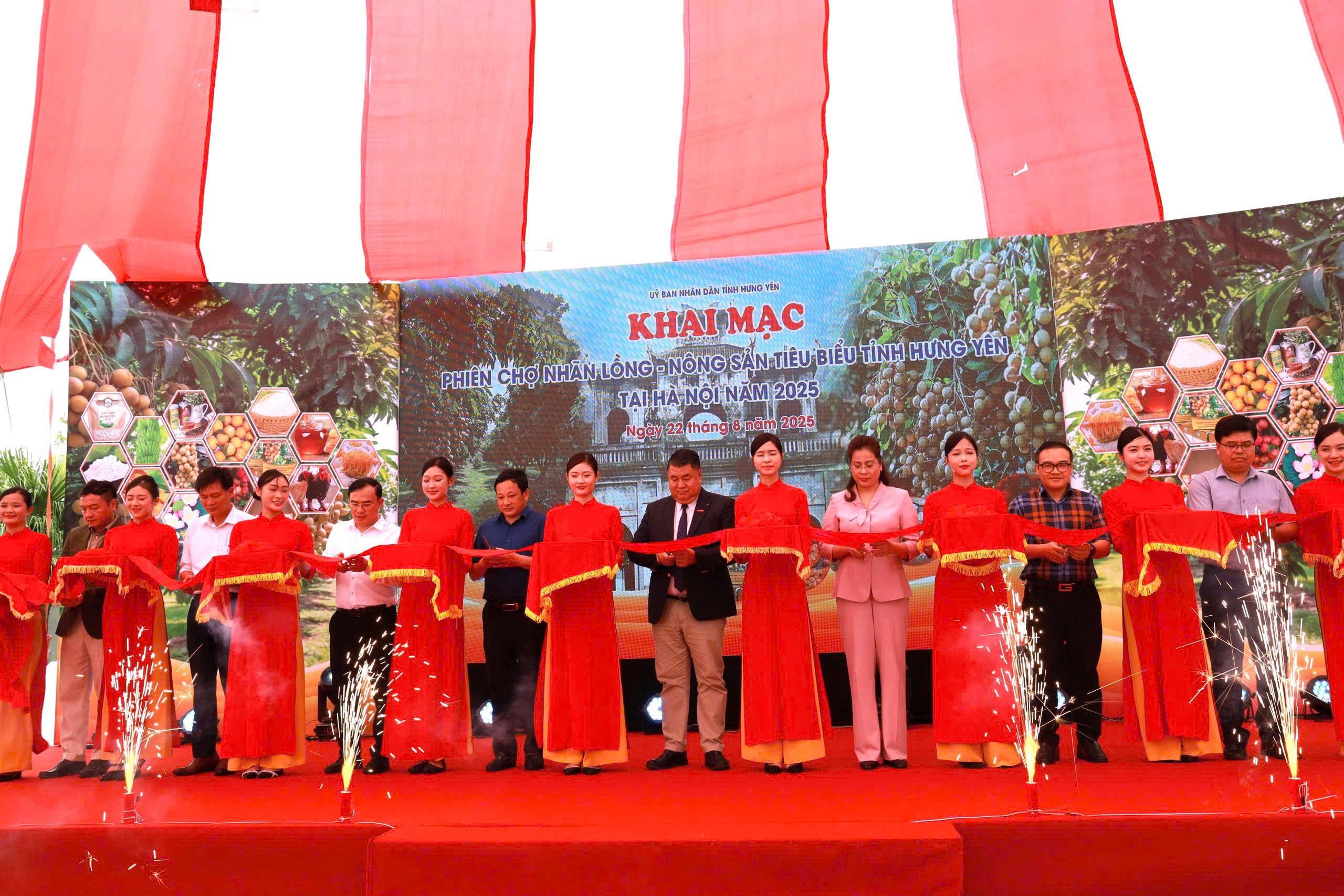


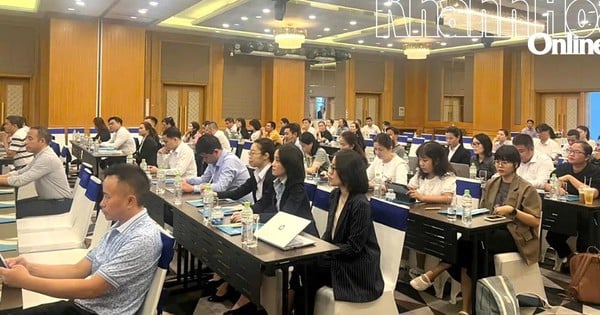













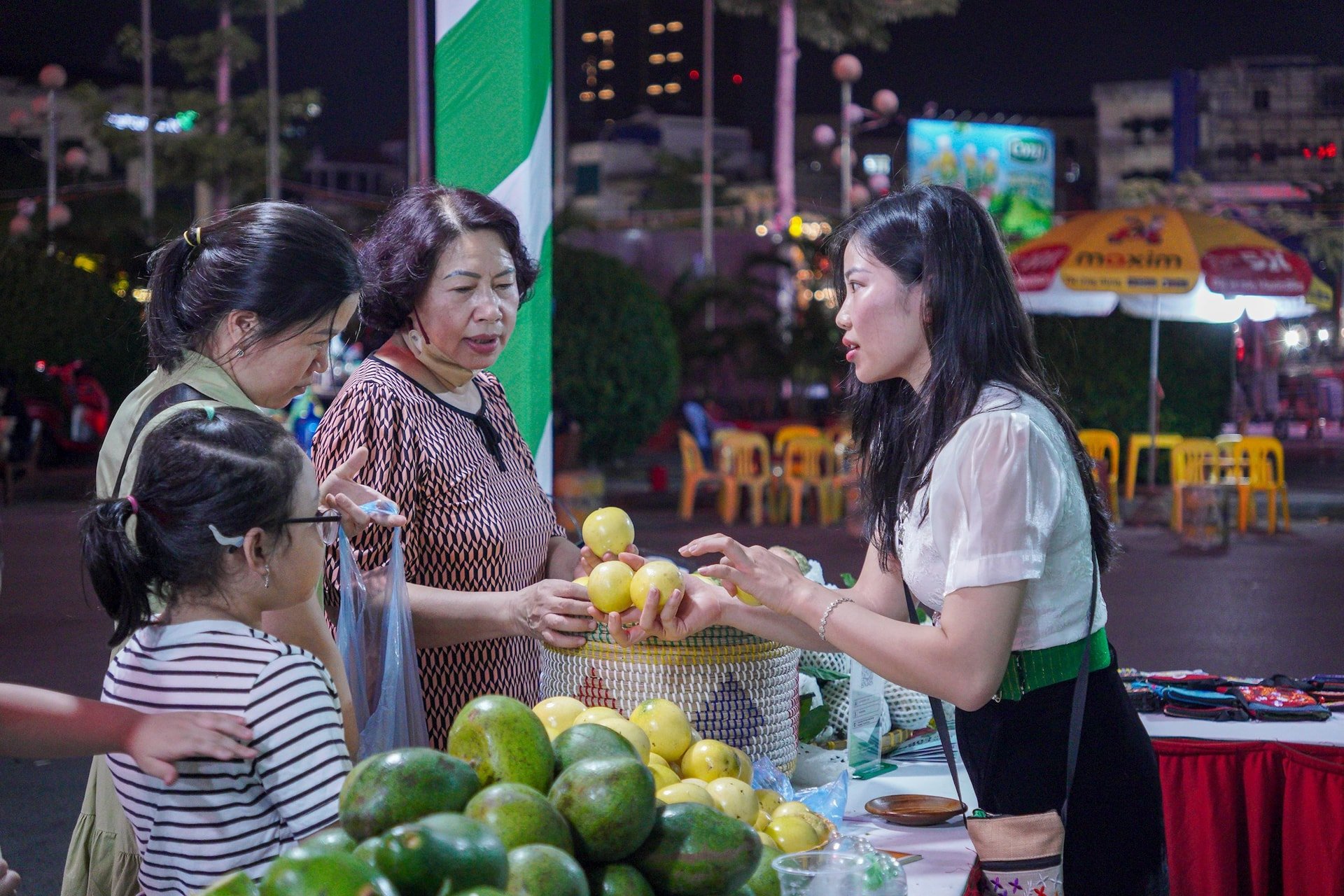








Comment (0)